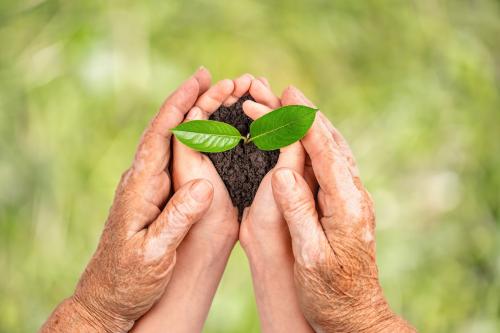This presentation was conducted at the Center for Human Rights and International Justice at Boston College in Chestnut Hill, MA.
Thank you for the opportunity to speak today about natural disasters and human rights with a particular focus on international responses to Haiti and Pakistan. I’d like to begin with 4 general statements about natural disasters and human rights, then give a brief overview comparing the response to the two disasters but spend most of my time talking about some of the larger issues – ethical issues if you will – raised by the comparison between these two responses.
GENERAL COMMENTS
- Disasters aren’t so natural. I’m using the term natural disasters as a sort of short-hand for the more accurate but more awkward phrase “disasters resulting from natural hazards.” In reality, disasters are almost always the result of both natural phenomena and human action. For example, mudslides increase in Nepal as a result of both glacier runoff (a natural cause) and deforestation (a man-made cause). We could take this a step further and ask to what extent was the breaching of the levees in New Orleans the result of Hurricane Katrina or the failure of U.S. authorities to take preventive actions to protect its citizens?
- There have always been natural disasters of course, but they are increasing in severity and intensity as a result of climate change. And yet the reality is that the international humanitarian system is not prepared to cope with more than one large-scale disaster a year.
- Disasters always hurt the poor and marginalized more than others. The poor tend to live in less sturdy housing and on marginal land. Similarly while disasters in developed countries tend to have high economic costs, they generally result in lower casualties than those taking place in developing societies. For example, in August 2010, New Zealand had an earthquake measuring over 7.0 on the Richter scale which destroyed 100,000 homes. No one was killed. Recovery is faster in wealthier countries. Access to assistance is often more readily available and the delivery of that assistance is easier with paved roads and multiple communication networks. The spread of disease is less likely when medicine is on hand, sanitation can be addressed, and functioning hospitals are nearby.
- Assistance is not neutral. In fact, sometimes the response itself can exacerbate inequities. The way in which a government responds to natural disasters is often politically motivated and almost always has political consequences. If aid is not distributed in an impartial fashion, ethnic, class or religious resentments and conflicts can intensify.
The Brookings Institution is committed to quality, independence, and impact.
We are supported by a diverse array of funders. In line with our values and policies, each Brookings publication represents the sole views of its author(s).



Commentary
Natural Disasters and Human Rights: Comparing Responses to Haiti and Pakistan
November 3, 2010